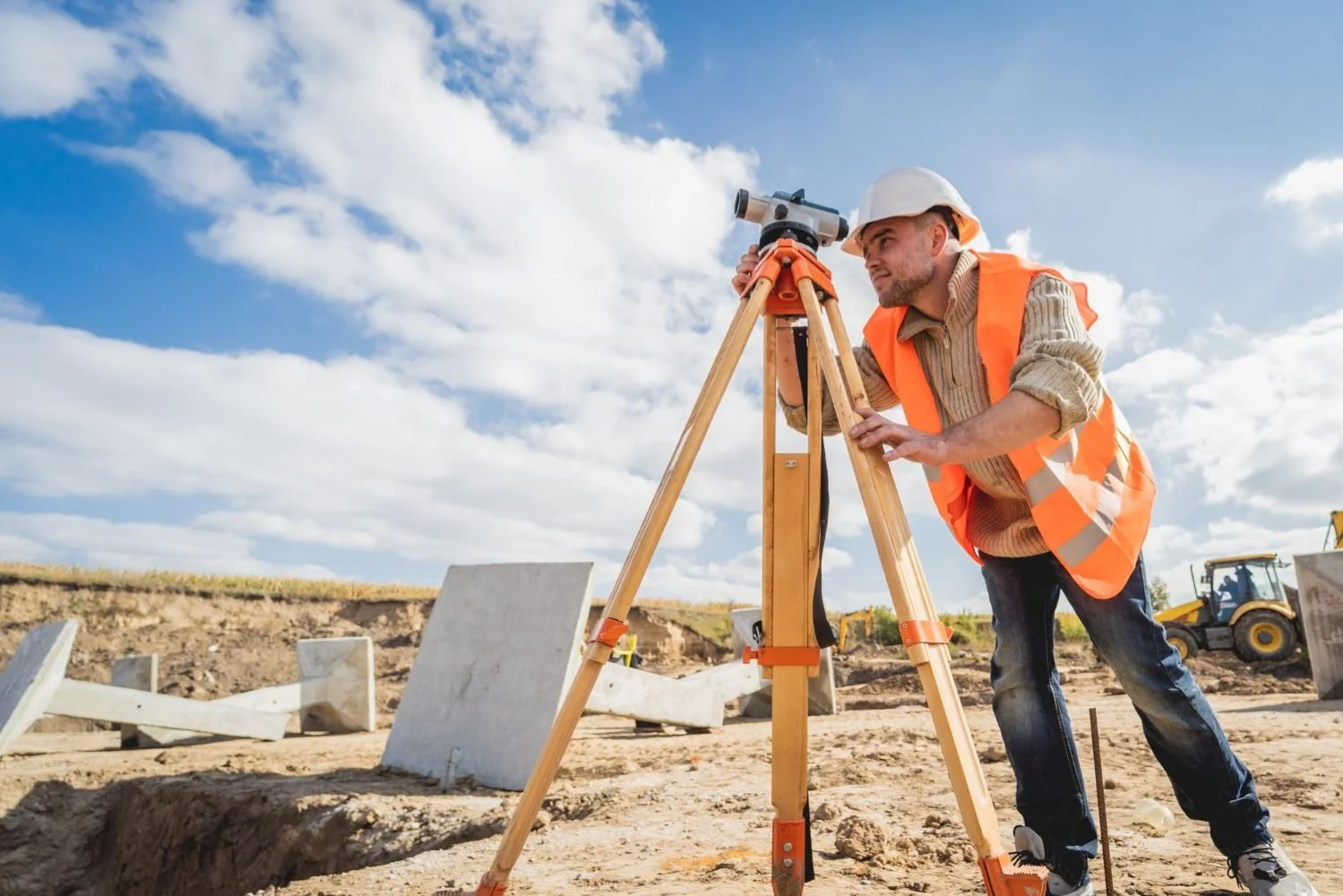The global market for aerial survey services is in a phase of rapid expansion and technological transformation, and a strategic analysis of the Aerial Survey Service Market Growth Share by Company and by technology type reveals a clear and powerful trend. While the traditional, manned aircraft survey market continues to grow steadily, the most explosive growth in both the number of projects and the number of service providers is occurring in the drone-based survey segment. The companies that are most successfully capturing this new wave of growth are the specialized drone service providers and the software platforms that enable them. This dynamic highlights a fundamental democratization of the market, where the high cost and complexity of traditional aerial surveys are being challenged by a more agile, accessible, and cost-effective alternative. The Aerial Survey Service Market size is projected to grow USD 19.31 Billion by 2035, exhibiting a CAGR of 11.73% during the forecast period 2025-2035. Understanding this allocation of growth is key, as it underscores a major shift in the industry, from a few large players serving massive projects to a vast new market of smaller, more frequent surveys for a wide array of new applications.
A massive portion of the market's growth, when measured by the sheer volume of new projects and new service providers, is being captured by the drone-based survey ecosystem. This growth is not concentrated in a single company, but is distributed across thousands of small and medium-sized drone service providers (DSPs) around the world. These DSPs have captured a huge share of the market for smaller-scale projects (typically under a few square kilometers) by offering a solution that is faster, safer, and significantly cheaper than a traditional manned aircraft survey. Their growth is being fueled by massive demand from the construction industry (for site monitoring and progress tracking), the agriculture sector (for crop health analysis), and the real estate market (for marketing). The software platforms that enable these DSPs, such as drone mapping software from companies like Pix4D and DroneDeploy, are also capturing a huge share of the market's growth. They are providing the essential "operating system" that allows these thousands of small service providers to plan their flights, process their data, and deliver valuable insights to their clients, creating a highly scalable, recurring-revenue business model.
While the drone segment captures the high-volume growth, the traditional, manned aircraft survey companies, like Fugro, are still capturing a significant share of the market's value growth, particularly at the high end. Their growth is driven by the demand for very large-scale, high-accuracy survey projects that are not feasible or cost-effective to conduct with drones. This includes national mapping programs for government agencies, large-scale corridor mapping for new pipelines or transmission lines, and offshore surveys for the energy industry. These projects require the use of highly specialized, expensive, survey-grade LiDAR and imaging systems that can only be carried on a fixed-wing aircraft or helicopter. The established leaders are capturing this growth by leveraging their ownership of these high-end assets, their global operational experience, and their deep relationships with major government and industrial clients. Their growth is a function of the continued need for high-accuracy, wide-area geospatial data, a segment of the market that remains well-defended from the disruption of small drones. The overall market is thus seeing a healthy, dual-track growth, with drones capturing the high-volume, small-area market, and traditional aircraft serving the high-value, wide-area market.
Top Trending Reports -



